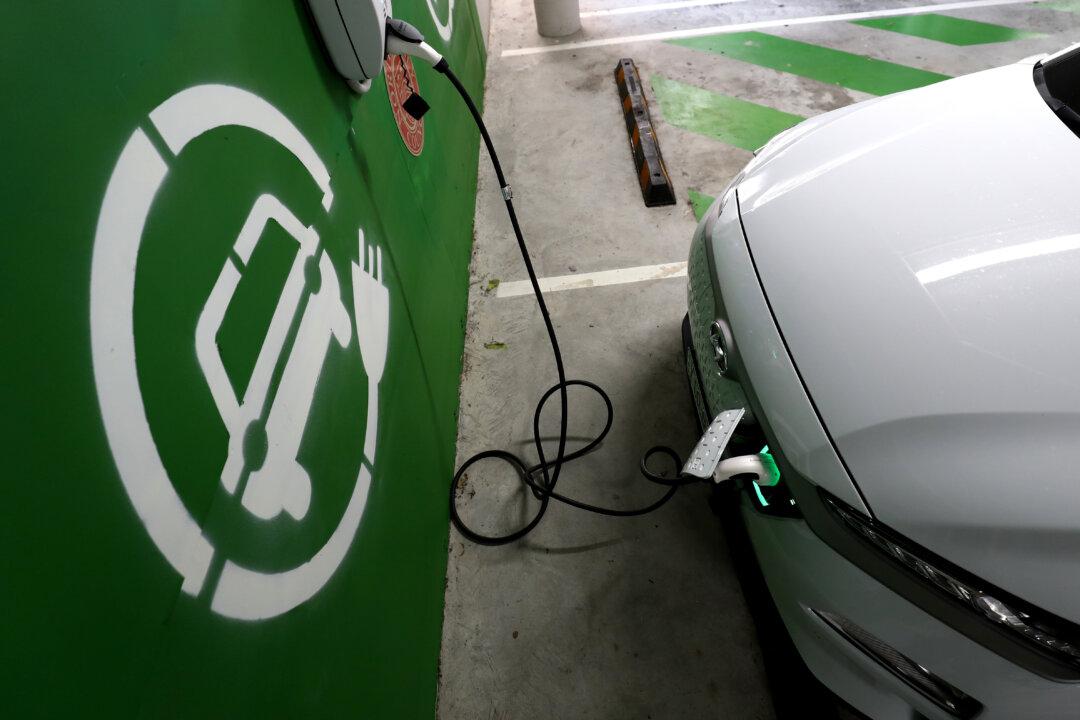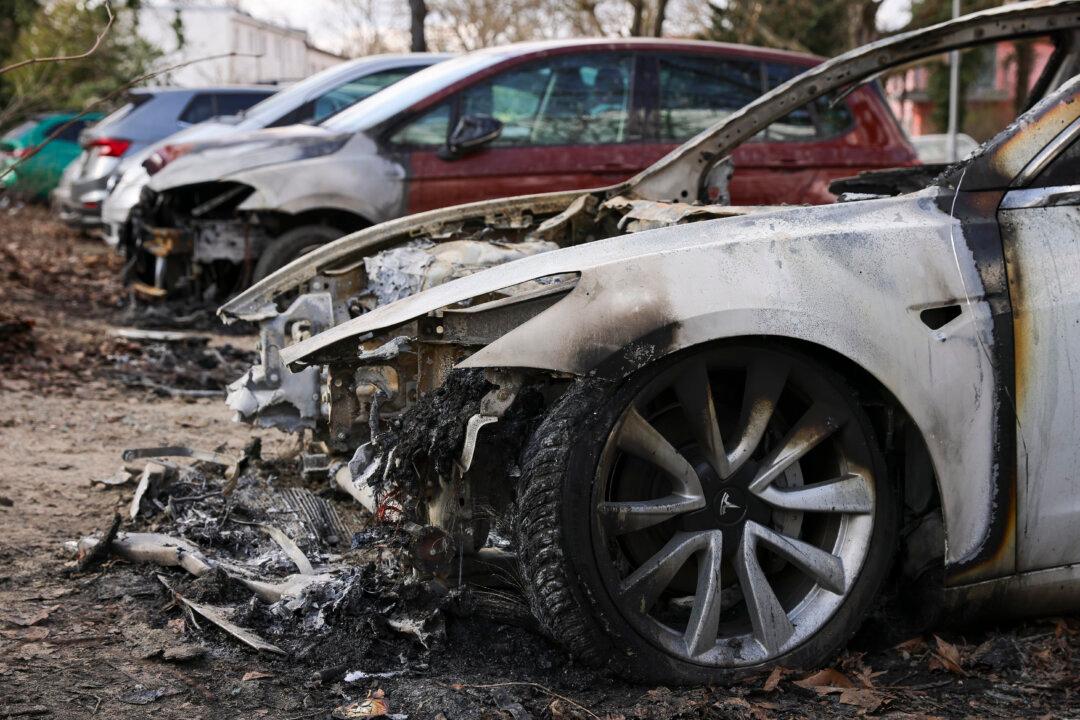An EV (electric vehicle) boss has said the utilisation rate of charging stations in Australia is around 2 percent, with underlying implications for the national grid.
At a recent parliamentary inquiry hearing, Lex Forsyth, the CEO of Janus Electric, a company specialising in converting conventional trucks to electric ones, raised concerns about the low utilisation rate of charging stations nationwide.





